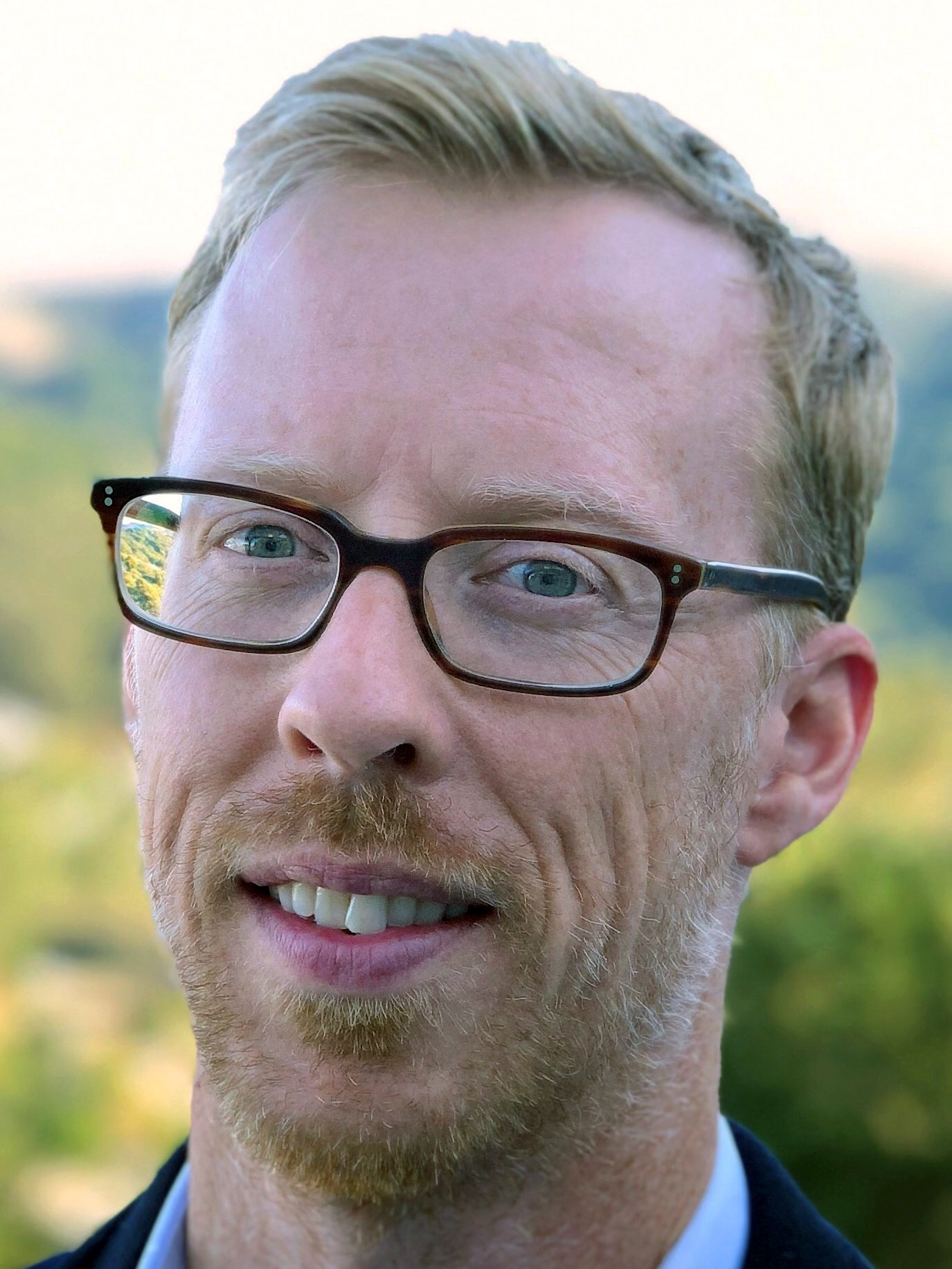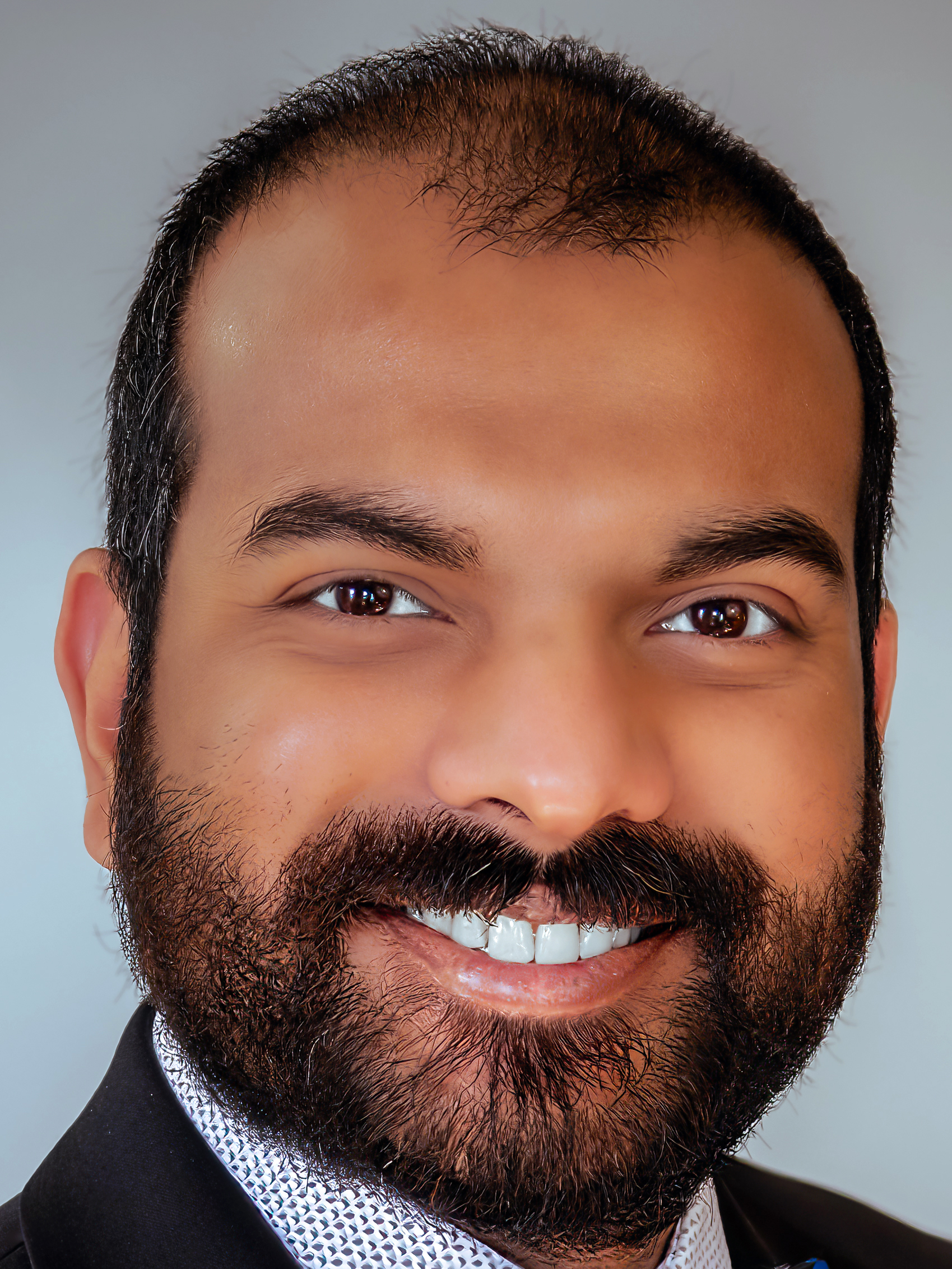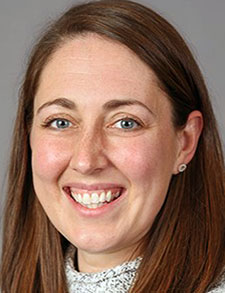 JHM editors share their insights
JHM editors share their insights
With a long-running sense that hospitalists often feel in the dark about how to get published, Journal of Hospital Medicine (JHM) editors decided it was time to tackle the topic seriously. They soon realized that the traditional avenue—pick a topic and write a single piece about it— would not be enough.

Dr. Wray
“At first, we envisioned this as a single paper, but the more and more we dug into it, we said, ‘No way —there’s no way all of this information is going to be able to fall into a single perspective,’” said Charlie Wray, DO, MS, senior deputy editor at JHM, and associate professor of medicine at the University of California, San Francisco. “So, we came up with the idea of, ‘Why don’t we break this apart?’”
The result is a three-article perspective series on the pre-publication process, the preparation process after a piece is submitted, and the post-publication process.
“Breaking it down into these three discrete parts, we thought, might be a better way of conveying all the important information that we thought the readers could use,” Dr. Wray said.
The three papers—each written by a team of authors—are now available online and will be published in upcoming print editions of JHM.
Dr. Wray said there is no denying that getting published is an important part of the career trajectory of physicians—in addition to the value of producing new knowledge for the field. He called it “the gold coin of the realm.”
“That’s what academic institutions classically value and that’s what people are oftentimes promoted on,” he said.
Despite the importance of publishing—whether it’s original research, case reports, or perspective pieces—hospitalists find themselves feeling unprepared, especially in their early attempts, he said.
“This process is so incredibly informal,” he said. “It’s never taught. And most of the time, people do it once or twice, find it incredibly frustrating or cumbersome, and then they never submit something again.”
Once someone goes through the process five or six times— if they push through the frustrating initial efforts—the process becomes clearer and feels more manageable, he said.
“Part of our thinking was, ‘Let’s fast-track through those five or six times when it’s really frustrating and difficult for people, and let’s just tell people what it is that will help get their paper across the finish line.’ We thought this series could accomplish that task.”
He said that the advice contained in the three articles is applicable generally and valuable regardless of the kind of publication an author is trying to get published.
Many of the writers in the series were fellows in the JHM’s editorial and digital media fellowship program, in which a handful of junior faculty throughout the U.S. join the editorial board for a year and get hands-on training and mentorship in the editorial and publication process. They are able to see “behind the curtain” into the conversations when papers are adjudicated, reviewed, and slated for publication, or not. The fellows themselves have a range of publication history—some already with publications to their name, and some without.
Many of the fellows eagerly joined in when the editorial board introduced the idea of putting the series together, said Dr. Wray, who created the fellowship program eight years ago.
Since the fellows were learning about the publication process as they put together the series, they brought a freshness and immediacy to the articles about that process, he said.
“It was great because they were actively learning these things while they were writing about them,” Dr. Wray said. “So, we thought those two aspects were really congruent in the fact that they could almost share their lived experience as editorial fellows and share what they were actually learning in the editorial and digital media fellowship programs.”

Dr. Thomas
Joseph Thomas, MD, a hospitalist at Buffalo Medical Group who was previously a fellow in the program and is now a deputy editor at JHM, said he wanted to participate in the series because there is a big need in the field for publishing guidance.
“A lot of us go into it a little bit blindly,” he said. “You can find mentorship, but sometimes it’s difficult to know where to start. So, a series like that really appealed to me and to all of us to try to illuminate some of that.”
Dr. Thomas led the perspective piece on the post-publication process, saying it dovetailed well with what was learned in his digital media fellowship.
“That was right up our alley because a lot of that involves digital media in today’s publishing world,” he said.
He said submitting a publication to a journal and then having it printed is only part of the process.
“With as much information as there is, you have to work actively to get that out in front of people and to help people engage with your work, which will lead to further engagement,” he said. Engagement is no longer just about how many times an article is cited, but also about how many times it is clicked, viewed, and shared.
One piece of advice in his piece is to start at your own center when it comes to engaging readers.
“You always start where you’re at,” he said. “One of the first tips is to disseminate locally. Sometimes people will assume that if they put something out, that their section leaders, division leaders, department heads are kind of aware of all of the academic success that happens, but that’s not always the case.” So, circulating your work at your workplace, even just among your division heads, is important, he said.
The piece also delves into what goes into a good social media post in order to draw in people who live in the era of “constant scrolling,” he said.
Furthermore, distributing quality work and data as widely as possible is imperative in today’s world, Dr. Thomas said.
“I think it’s really important if you’ve got good quality research or a perspective, or an educational aspect of medical care, it’s important to get that out there because there is so much misinformation and disinformation out there. It’s really easy to get lost in the weeds on that.”

Dr. Peterson
Rachel Peterson, MD, assistant professor of pediatrics at Cincinnati Children’s Hospital, said the process of publishing is largely an unknown to many hospitalists.
“It can just be kind of unclear what happens once you submit it, and how to make sure that your paper and what you’ve done is acceptable,” she said.
The editorial fellowship at the journal was eye-opening for her and her group, she said, leaving them often saying, “Man, I wish I’d known this before.” Realizing that sharing this information more widely would be beneficial, she decided to participate in the series and led the perspective piece on the pre-publication process.
“It’s an evolving academic field, and so we want to make it approachable regardless of whether or not this is your first paper or your 51st,” said Dr. Peterson, who got involved with publishing her work three years ago, after about three years as a practicing physician.
As she sat in on the editorial discussions about submissions, she saw that she had underestimated the importance of considering the audience and making sure that what is published is going to be of value to hospitalists in their everyday work.
“It was helpful to me to hear and understand from the editorial board just how dedicated those individuals are to making sure that they’re publishing data that is relevant for hospitalists,” she said. “In such a field that can be very generalist, it can be hard to make sure that you’re being focused enough.”
Dr. Peterson said that editorial board members “come at it with humility,” and seek opinions from specialists when they might not have expertise to evaluate a submission in a particular area.
The thrust of her piece, she said, was “How do you get your idea from something in your head into a great piece on paper that you can submit with confidence?”
The piece discusses the importance of having a good team and a strong methodology, and underscores to readers the iterative nature of the process.
“There are going to be rounds and rounds and rounds of edits along the way and that is okay and that is a normal part of the publication creation process,” she said.
“I think the biggest part is helping individuals see that it doesn’t necessarily have to be perfect, but that having different eyes, different perspectives, looking at your paper—hopefully those are the members on your team—will help make your paper a lot better.”
She said her deeper involvement in the editorial and publishing process has reinforced her appreciation for sharing knowledge.
“I wouldn’t say I got the research bug—I’m not going to do research for the rest of my life—but I started to see the utility in asking scholarly questions and then getting it to published form,” Dr. Peterson said. “Because I don’t think we know how to improve what we’re doing if we aren’t learning from others. If I have a question or a concern about the way we do things in hospital medicine, someone else might also have that concern or question somewhere else.”
Tom Collins is a medical writer in South Florida who has written about everything from lethal infections to thorny ethical dilemmas, runaway tumors to tornado-chasing doctors. He gathers health news from around the globe and lives in West Palm Beach.